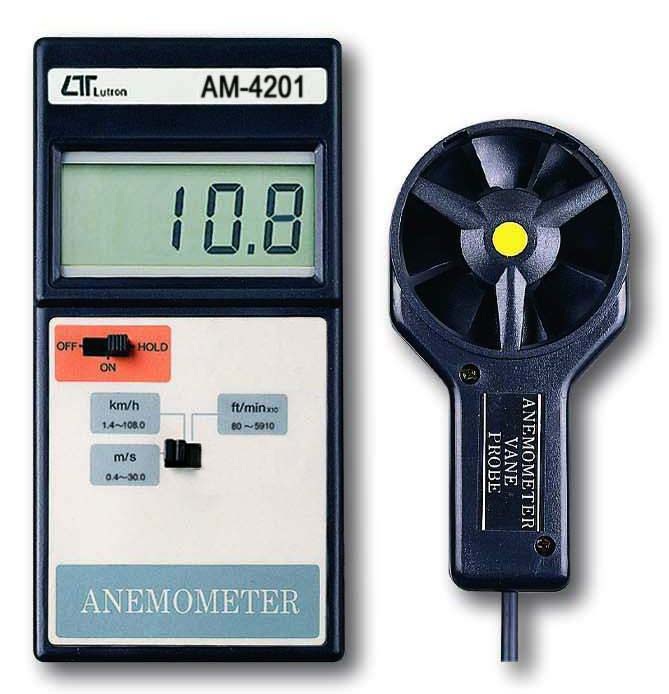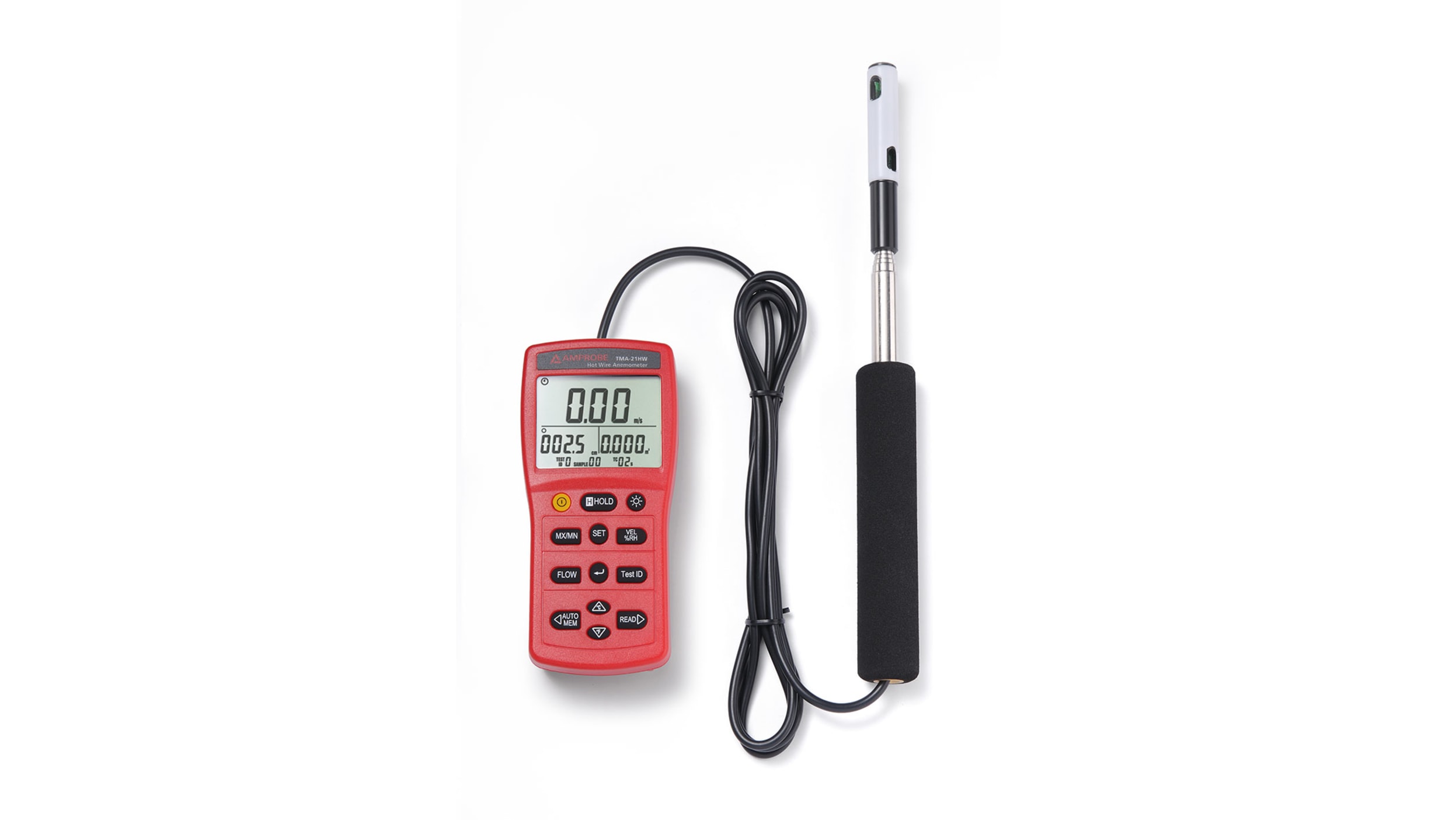Checking Out the Features and Advantages of Anemometers for Climate Lovers and Professionals
From cup anemometers to sonic anemometers, each type brings its distinct collection of applications and advantages, losing light on different facets of atmospheric problems. As we delve into the functions and advantages of anemometers, a deeper understanding arises not just of prevailing weather condition phenomena but also of the wider effects for fields like wind energy production and ecological research study.
Importance of Anemometers in Weather Condition Monitoring
Anemometers play an important duty in weather condition monitoring by supplying precise measurements of wind speed, helping in forecasting and understanding climate patterns. These instruments, varying from typical mug anemometers to modern-day ultrasonic anemometers, are crucial for meteorologists, scientists, and weather fanatics alike.

Sorts Of Anemometers and Their Applications
With the crucial role anemometers play in climate surveillance and projecting, recognizing the various kinds of these tools and their applications ends up being crucial for professionals and fanatics in the field. The most common types of anemometers consist of mug anemometers, vane anemometers, hot-wire anemometers, and ultrasonic anemometers. Mug anemometers include three or four cups installed on horizontal arms that rotate with the wind, gauging its speed. Vane anemometers, on the other hand, make use of an easily rotating vane to align with the wind direction, giving both wind speed and instructions measurements. Hot-wire anemometers run based upon the principle of convective heat transfer, where the cooling result of the air circulation is measured to establish wind rate. Ultrasonic anemometers use ultrasonic sound waves to compute wind rate and direction properly.
Cup anemometers are durable and ideal for general weather monitoring, while vane anemometers are preferred for directional dimensions. Ultrasonic anemometers are non-intrusive and offer high accuracy, usually utilized in study and specialized weather surveillance applications.
Advantages of Making Use Of Anemometers in Forecasting
In weather forecasting, the usage of anemometers offers very useful benefits for enhancing the accuracy of weather condition projecting. Anemometers gauge wind speed and instructions, providing critical data for forecasting weather condition patterns. By incorporating wind information right into forecasting designs, meteorologists can much better recognize the activity of climate systems, anticipate modifications in weather, and issue much more accurate forecasts.
In addition, anemometers play an important duty in examining visit this site prospective weather condition hazards. Keeping track of wind speeds aids forecasters predict severe climate events such as typhoons, tornadoes, and winter season tornados with greater accuracy. This early warning system enables authorities to issue prompt signals and apply needed precaution, lowering the dangers to life and property.
In addition, anemometers aid in maximizing eco-friendly energy production. By assessing wind patterns, meteorologists can recognize suitable areas for wind ranches and predict energy result, adding to the efficient generation of wind power.

Anemometers in Wind Energy Production
Offered the critical duty anemometers play in offering exact wind data for weather forecasting and danger analysis, their significance encompasses the world of wind power production. Anemometers are crucial tools in the area of wind energy, where the measurement of wind speed and instructions is important for determining the feasibility and performance of wind turbine installments. By accurately gauging wind speeds at varying heights, anemometers aid optimize the positioning and design of wind generators to make read this post here best use of power output.
In wind ranches, anemometers are purposefully positioned to collect real-time wind data that is made use of to analyze the possible energy manufacturing of a site. This information contributes in identifying the economic practicality of wind energy tasks and in projecting energy generation to make sure grid security. In addition, anemometers aid in keeping track of wind problems to optimize turbine efficiency, protect against damages from high winds, and ensure the safety and security of workers operating in the area of wind turbines.
Enhancing Weather Comprehending With Anemometers

Anemometers play an essential function in boosting our understanding of microclimates. These local climate condition can differ dramatically from broader local projections, making it essential to have precise data for particular areas. anemometer. By purposefully positioning anemometers in different locations, researchers can collect comprehensive details on how wind acts in various surfaces, city settings, or bodies of water
Furthermore, anemometers add to enhancing weather projecting models by providing real-time data on wind habits. This info is particularly beneficial for predicting extreme weather condition events, enhancing farming methods, and sustaining markets like aviation and maritime navigation. On the whole, anemometers are very useful tools that enable us to delve deeper into the complexities of weather systems, ultimately leading to more better-informed decisions and exact predictions.
Verdict
In verdict, anemometers play a crucial role in climate tracking and projecting by measuring wind speed and instructions. Anemometers additionally have applications in wind energy production, more highlighting their relevance in both meteorology and eco-friendly energy fields.
From mug anemometers to sonic anemometers, each kind brings its special set of advantages and applications, losing light on various aspects of atmospheric problems. These instruments, ranging from typical mug anemometers to modern ultrasonic anemometers, are crucial for meteorologists, scientists, and weather condition fanatics alike. The most typical types of anemometers include mug anemometers, vane anemometers, hot-wire anemometers, and ultrasonic anemometers. Cup anemometers are suitable and durable for basic climate tracking, while vane anemometers are preferred for directional measurements. Anemometers are important instruments in the area of wind energy, where the measurement of wind rate and direction is vital for establishing the expediency and efficiency of wind turbine installments.